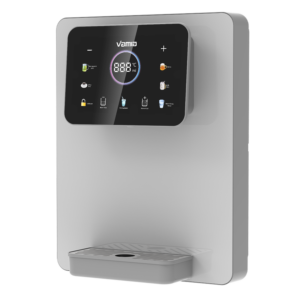Is a Water Purifier Tank Necessary? A Comprehensive Analysis
Many purifiers come with storage tanks, but are they right for your needs? Let’s weigh the pros and cons:
Advantages of Tanks:
Advantages of Tanks:

- Steady Water Supply: Tanks store pre-filtered water, ensuring a consistent flow during peak usage times (e.g., morning routines) without straining the purifier.
- Lower Energy Consumption: RO systems with tanks operate in cycles, reducing continuous power use compared to tankless models that filter water on demand.
- Suitable for Low-Pressure Areas: In homes with weak water pressure, tanks help maintain adequate flow rates by storing water under pressure.
Disadvantages of Tanks:
- Space Constraints: Tanks require additional under-sink or cabinet space, which may be an issue in small kitchens.
- Hygiene Concerns: Stagnant water in tanks can breed bacteria if not cleaned regularly. Look for models with auto-sterilization features (e.g., UV-C lights) to minimize risks.
- Slower Freshness: Water stored for extended periods may lose some freshness. Tankless (direct-flow) models provide ultra-fresh water but rely on consistent pressure.

When to Choose a Tank:
- Large households with high water demand.
- Areas with unstable water pressure.
- Users prioritizing energy efficiency over instant access.
When to Skip a Tank:
Water Purifier Factory, Water Purifier For Home, Water Purifier Machine,Water Purifier, Water Filter Purifier System
- Small kitchens or minimalist setups.
- Households that prefer “zero storage” for maximum freshness.
Ultimately, the decision depends on your space, water usage patterns, and hygiene preferences.
Is a Water Purifier Tank Necessary? A Comprehensive Analysis

